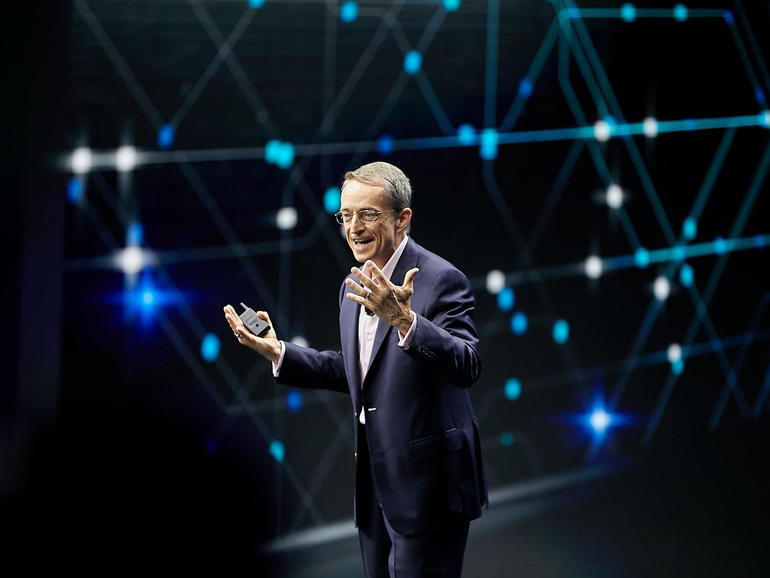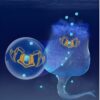Following better-than-expected Q4 results Thursday afternoon from chip giant Intel, the company’s incoming CEO, Pat Gelsinger, who is taking over from Bob Swan, spent a few minutes during the conference call with analysts, emphasizing that Intel will hold onto its manufacturing facilities rather than outsource everything.
“I am confident that the majority of our 2023 products will be manufactured internally,” said Gelsinger.
Gelsinger said he has had some time to review Intel’s work on making 7-nanometer chips. Those chips have seen multiple delays over the years, the most recent one in July.
Calling the CEO role “my dream job,” Gelsinger noted that he had come to Intel at eighteen years of age, and “learned at the feet of” Intel leaders Andy Grove, Gordon Moore, and Robert Noyce, Intel’s founders in the 1960s.
“I’ve had the opportunity to personally examine progress on Intel’s 7-nanometer technology over the last week,” said Gelsinger. based on. “I am pleased with the progress made on the health and recovery of the seven nanometer program,” he said.
Gelsinger added that Intel, while keeping the bulk of manufacturing in its factories, will use more outside facilities than it currently does. “At the same time, given the breadth of our portfolio. It’s likely that we will expand our use of external foundries for certain technologies and products we provide,” said Gelsinger.
Gelsinger promised more details on Intel’s 2023 roadmap “once I’ve fully assessed the analysis that’s been done and the best path forward.”
Gelsinger added that Intel “is the only semiconductor company in the world that has […] the design and manufacturing capabilities and scale that our customers need to fuel their next generation innovations.”
Gelsinger reiterated his insistence on manufacturing during the Q&A portion of the call. “The majority will be internally, but we will be increasing the use of our foundry capabilities as well,” said Gelsinger. He again promised to add more detail later in time, adding “But overall, we’re on a very good path now.”
Intel, noted Gelsinger, has turned its business around in past. “Great companies are able to come back from periods of challenge,” said Gelsinger. He referred to a period circa 2005 to 2007, when Intel missed the wave of multi-core chips and ceded ground to AMD.
“That is the opportunity at Intel,” he said. “This company has its best days in front of it.”
Gelsinger told analysts that a number of new hires will be announced in coming weeks of key executives to put the company on the right path.



